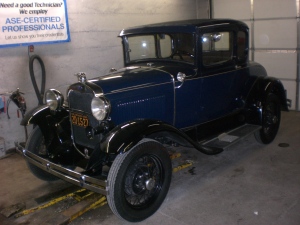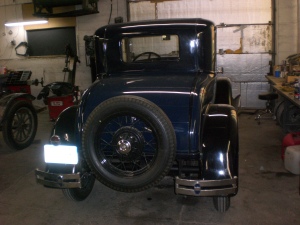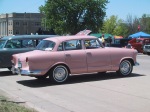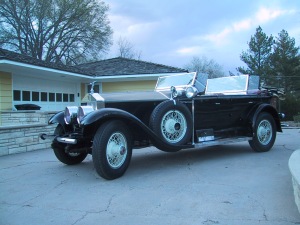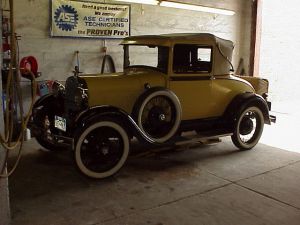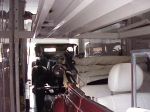Daniel Strohl for Hemmings Classic Car
San Francisco art school becomes the latest to offer degree in automotive restoration.
While an art school in downtown San Francisco might not seem the likeliest of places to conduct an automotive restoration program, officials at the Academy of Art University believe it’s a natural extension of the university’s existing offerings and have put together what they describe as a more up-to-date curriculum than other such programs.
“We want to do the same thing that we did with clay modeling,” said Tom Matano, the executive director of the university’s industrial design school, which houses the automotive restoration program. “Many people said that was an outdated process, and so there were no young clay modelers being instructed in clay modeling. We started teaching it, and now three or four of our students are hired on at GM every year. Much like clay modeling, auto restoration is an old-world skill that’s seen as dying, but we want to keep it going.”
To do so, Matano and other university officials, including former university president Richard Stephens, worked over the last three years to devise a two-year associate’s degree program that encompasses everything from machining and woodworking to body, paint, and upholstery. Beyond the hard skills, the program also includes classes on automotive design history, vintage car documentation, and even photography and automotive journalism. Nearly two dozen classes in all make up the program.
“Our program will not only focus on technology, but it will also provide instruction for building unique skillsets, historical knowledge, and research skills required for replicating historically authentic classic cars,” AAU President Elisa Stephens wrote. “Most programs lack the historical restoration and preservation elements necessary to restore vintage vehicles.”
Matano, whose resume includes design work for General Motors, BMW and Mazda as well as the design of the original Miata, said he has leaned on the expertise of a select few in the field of automotive restoration to select instructors and flesh out the program, noting that it hasn’t been too hard to find qualified professionals in the San Francisco Bay area. “Ed Gilbertson from the Pebble Beach Concours has come in as guest lecturer, and we’ve found that a lot of concours judges want to teach—they want a place to dump their knowledge,” Matano said.
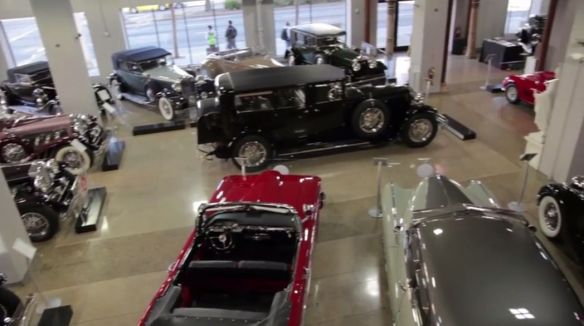
Nor has the university had to build most of the program from scratch. It already has facilities for woodworking and metalworking, and Matano said that some classes just needed some tweaking to fit into the automotive restoration program. In addition, the university’s car collection—which includes a Tucker 48, a Pierce-Arrow Silver Arrow and a number of coachbuilt European and American cars—will play a role in instruction, Matano said.
Fourteen students have already enrolled in the program, which started in September, and Matano said he hopes to eventually expand that number and set up optional apprenticeships for students in the second year of the program.
For more information on the program, visit AcademyArt.edu.

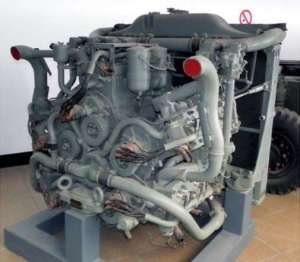
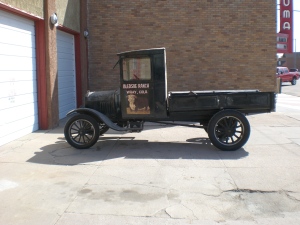
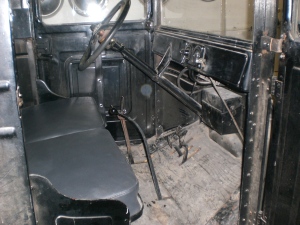
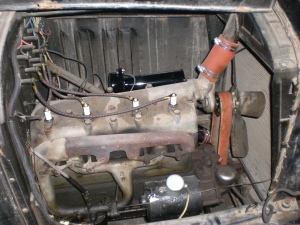

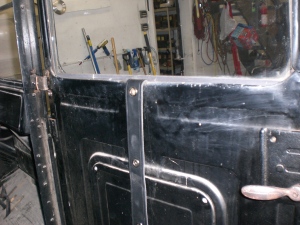
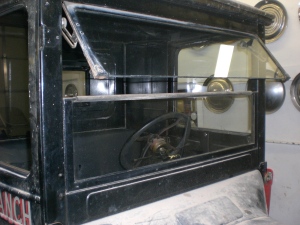
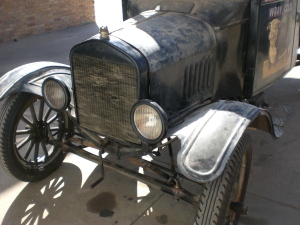
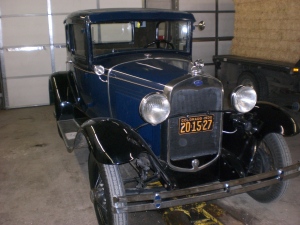 It’s been a busy late winter and spring here at the shop. During that time I’ve added a couple of vehicles to the ever-growing fleet. This one is a 1930 Ford Model A Deluxe Coupe. I’d been looking for a Model A for some time, and heard about this one through a friend of a friend. It had been restored sometime during the 1970s by the father of the seller. She inherited it, but was unable to drive it, so it sat in her garage for the last 10 years. After hauling it home I performed a complete service and tune on it. Nothing sounds as wonderful as an old 4 banger Ford idling. Thunka, Thunka, Thunka!
It’s been a busy late winter and spring here at the shop. During that time I’ve added a couple of vehicles to the ever-growing fleet. This one is a 1930 Ford Model A Deluxe Coupe. I’d been looking for a Model A for some time, and heard about this one through a friend of a friend. It had been restored sometime during the 1970s by the father of the seller. She inherited it, but was unable to drive it, so it sat in her garage for the last 10 years. After hauling it home I performed a complete service and tune on it. Nothing sounds as wonderful as an old 4 banger Ford idling. Thunka, Thunka, Thunka!